Quan Ho Bac Ninh - diverse and rich intangible cultural heritage
In addition to the treasure of tangible cultural heritage, our country also has a treasure of intangible cultural heritage that is diverse in types, unique in history, culture, science, and reflects the identity of the community. Quan Ho Bac Ninh is one of the heritages recognized by UNESCO as a representative intangible cultural heritage of humanity on September 30, 2009. It is truly a great pride not only for Bac Ninh but also for Vietnam.
Quan Ho Bac Ninh folk songs are a form of love singing between Lien Anh and Lien Chi. This is one of the typical folk songs of the Red River Delta. For a long time, Vietnamese people in general, Kinh Bac people in particular, are no longer strangers to Lien Anh in traditional costumes: Turban, Ao The; Lien Chi in Ao Mo Ba, Mo Bay, wearing extremely graceful and simple conical hats, singing together simple and affectionate songs.
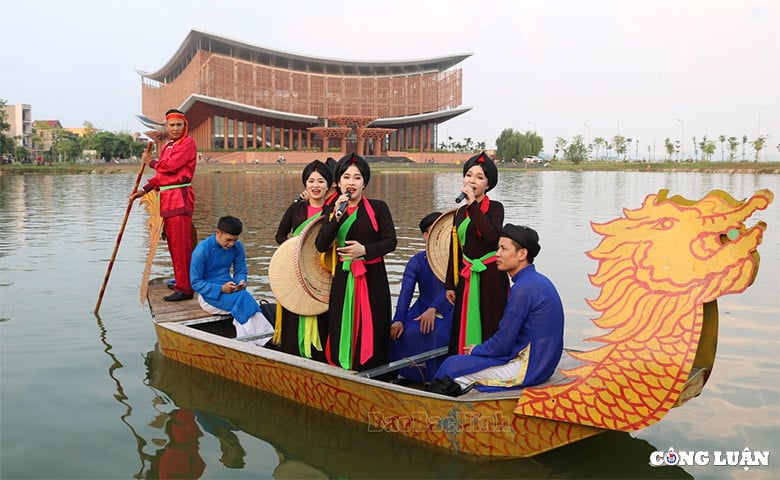
Quan Ho folk songs are one of the traditional forms of Kinh Bac region.
Through the ups and downs of history, Quan Ho Bac Ninh has increasingly demonstrated its position and has existed and developed until today. However, how long will our future generations be able to see the images of this thousand-year-old Kinh Bac culture?
It is not by chance that this question was asked, not earlier, not later, but right at this moment - Under the pressure of economic globalization, cultural internationalization and the strong and diverse development of cultural and artistic forms, like many other types of intangible cultural heritage, Quan Ho Bac Ninh also faces a great challenge of being at risk of being lost or even completely lost if there are no timely and long-term protection measures implemented.
The harsh reality reflected on the glass of time is: Quan Ho artists are getting older, while the next generation of artists is not many; those individuals and organizations dedicated to the cause of protecting cultural heritage do not always and everywhere receive timely support.
In fact, the establishment of Quan Ho clubs not only creates a useful playground for children but also a way for artisans and those who love this folk song to contribute significantly to preserving, conserving and promoting the unique cultural heritage of Kinh Bac region. The passion and dedication to this traditional form is passed on by artisans to future generations, nurturing the love and quintessence of Bac Ninh Quan Ho folk songs in the younger generation.
Or the organization of the playground "Quan Ho Young Singers' Voice" in 2020 to propagate, promote, preserve and develop Bac Ninh Quan Ho folk songs to a large number of young generations. Through that, it also contributes to the preservation and dissemination of this folk song. At the same time, through the competition, we can find, select and nurture the next generations who truly love this traditional art form.
Bringing Quan Ho folk songs into teaching at schools for students from kindergarten to high school, which has been implemented by Bac Ninh province, also contributes to nurturing the souls of the young generation, arousing their pride in a beautiful cultural feature of their homeland.
Perhaps with the emergence and introduction of contemporary art forms, or the exchange between many cultures, many people, especially young people, are no longer interested in traditional cultural heritage. Bac Ninh Quan Ho folk songs are therefore also at risk of being lost, similar to the challenges that many other intangible cultural heritages face in the current situation.
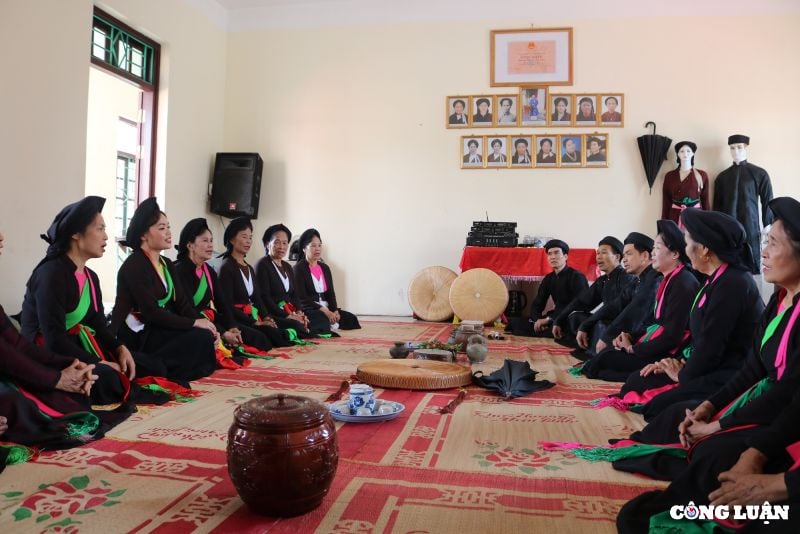
Bac Ninh Quan Ho Club meeting.
However, over time, we have realized that preserving and promoting heritage values is not the responsibility of any individual, it is a national action program that requires the cooperation of the whole community. When people understand and see the rights and responsibilities of individuals and the community, they will voluntarily participate in transmitting, preserving, maintaining and promoting the value of heritage.
Preserving intangible cultural heritage is an affirmation of the values and cultural beauty of the nation. Therefore, we need to acknowledge, honor and show gratitude for the persistent efforts of the community and artisans who have made great contributions to preserving, promoting and transmitting the value of heritage to future generations.
Preserving and promoting the value of cultural heritage left by previous generations is not only the responsibility of today's generation towards history, but it is also a resource for all people to unite and preserve the beauty of Vietnamese national culture.
| According to Article 17, Chapter III, Law on Cultural Heritage: The State encourages and creates conditions for organizations and individuals to conduct research, collection, preservation, teaching and introduction of intangible cultural heritage to preserve and promote national cultural identity and enrich the cultural heritage treasure of the Vietnamese ethnic community. |
Vietnamese-Chinese - Minghui
Source: https://www.congluan.vn/quan-ho-bac-ninh-di-san-van-hoa-phi-vat-the-da-dang-mang-dam-ban-sac-cua-cong-dong-post300653.html



![[Photo] Unique folk games at Chuong Village Festival](https://vstatic.vietnam.vn/vietnam/resource/IMAGE/2025/4/10/cff805a06fdd443b9474c017f98075a4)


![[Photo] Prime Minister Pham Minh Chinh chairs meeting to discuss tax solutions for Vietnam's import and export goods](https://vstatic.vietnam.vn/vietnam/resource/IMAGE/2025/4/10/19b9ed81ca2940b79fb8a0b9ccef539a)

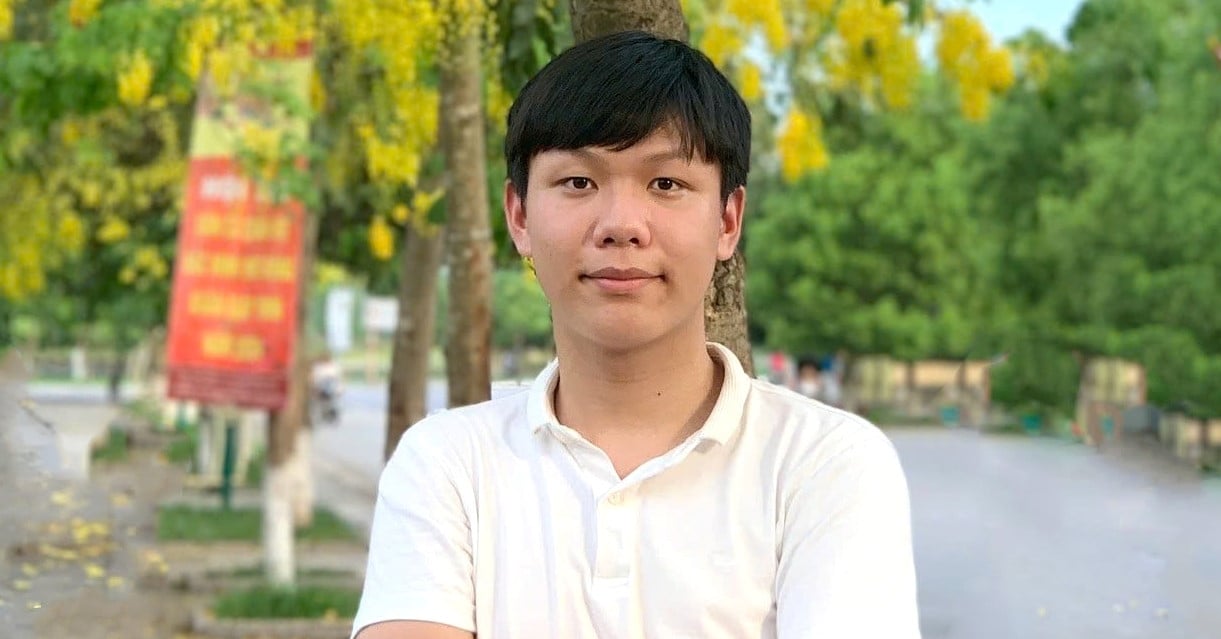

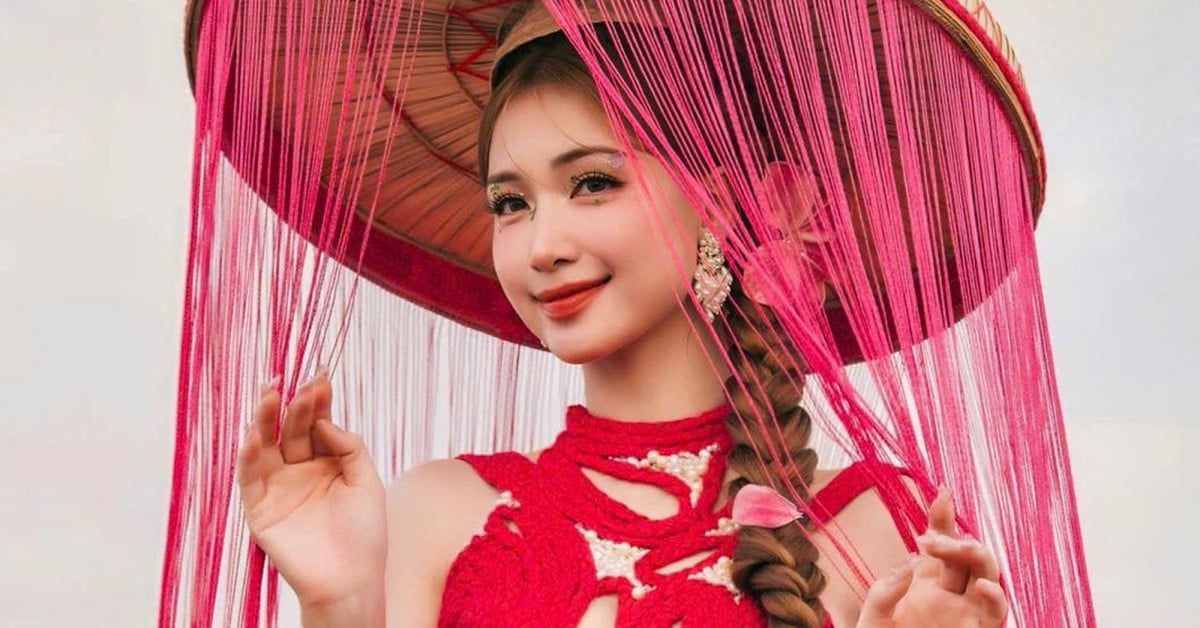

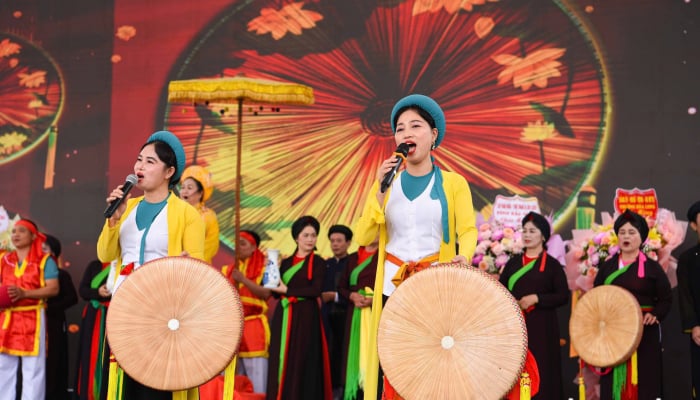
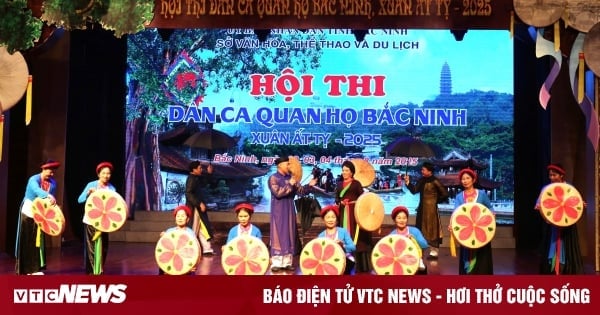

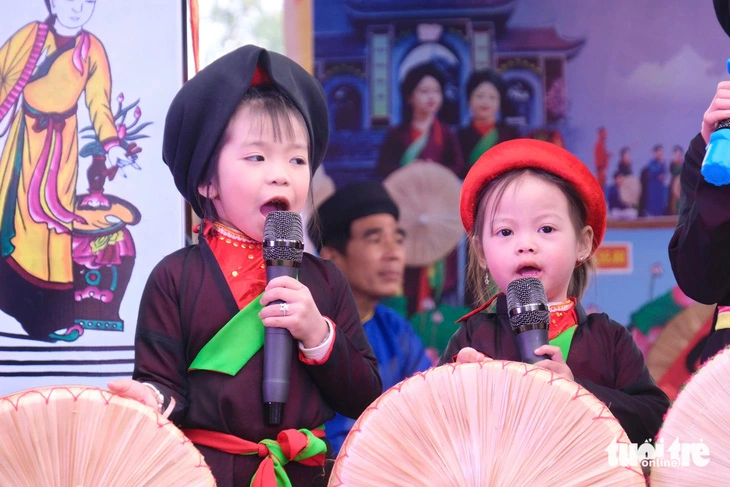
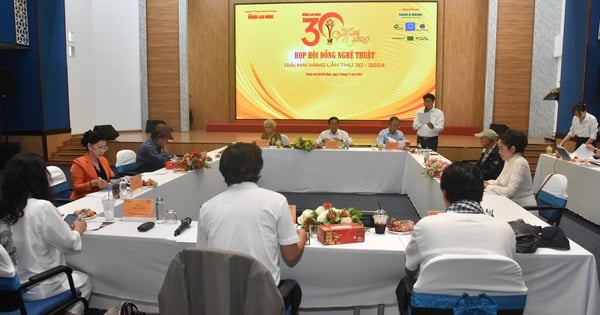


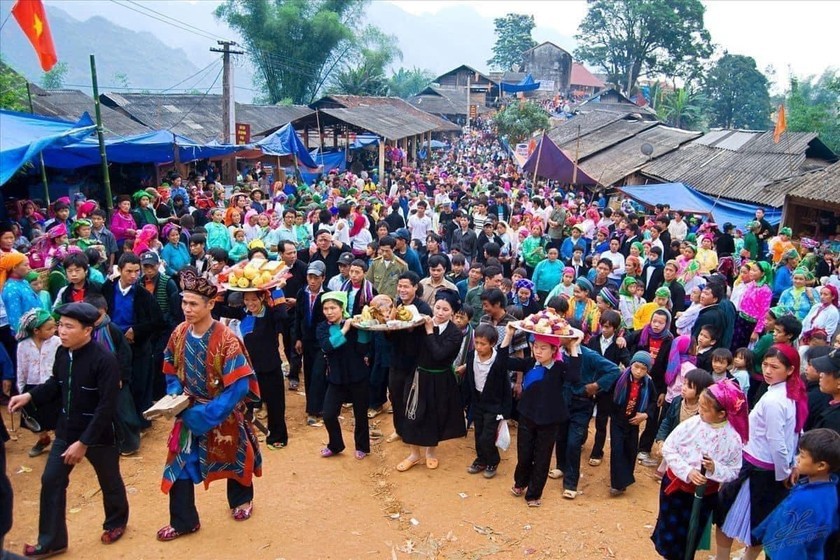
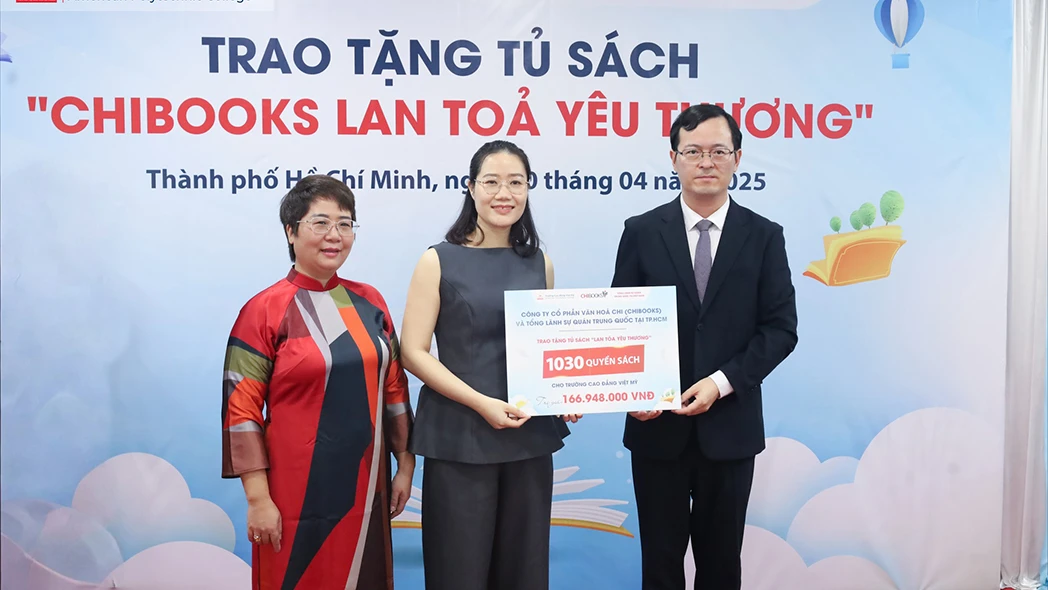

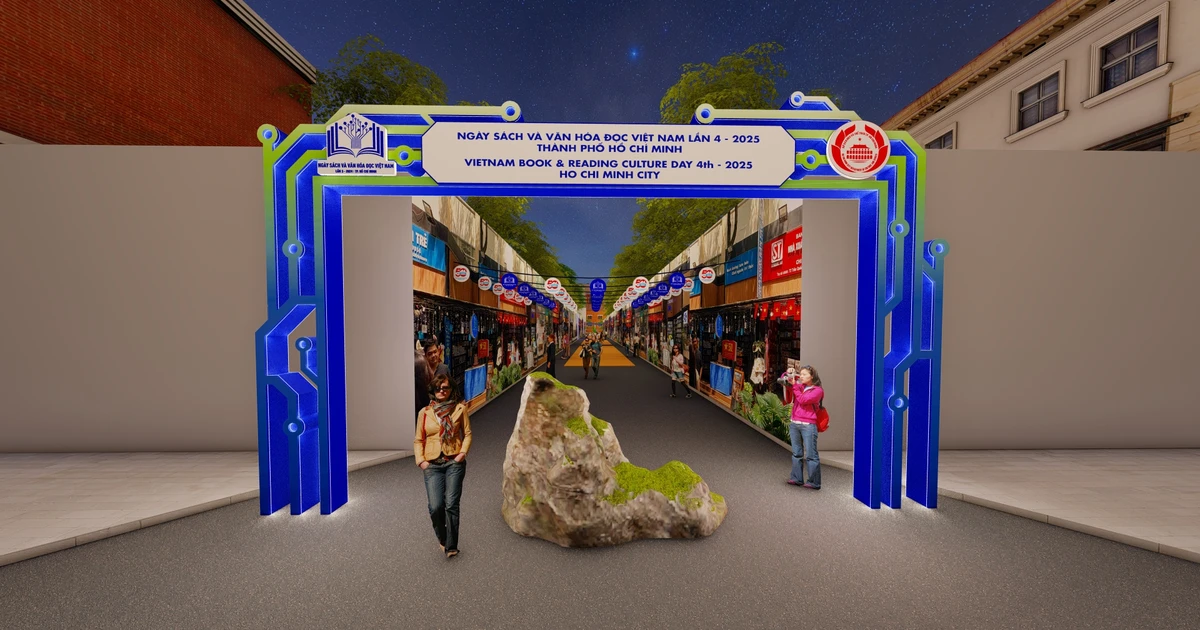
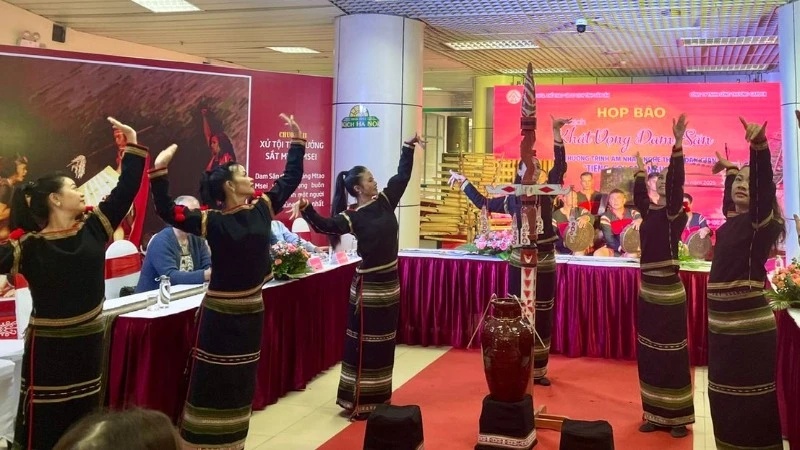






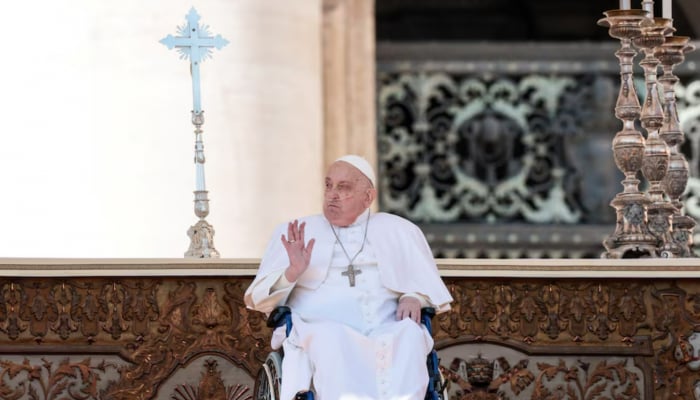
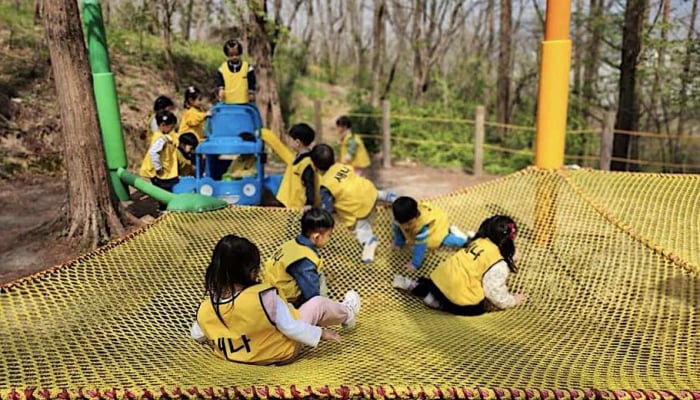
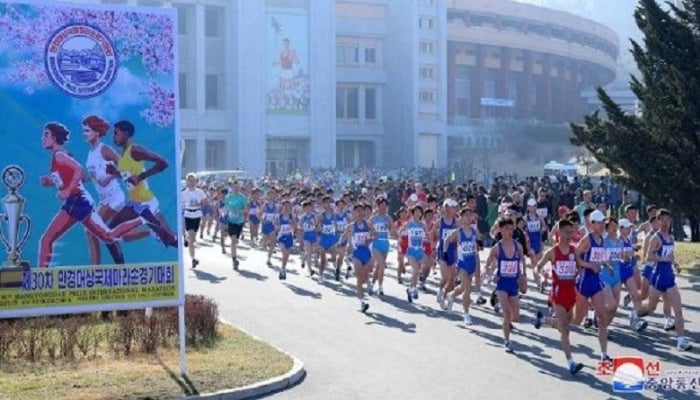













































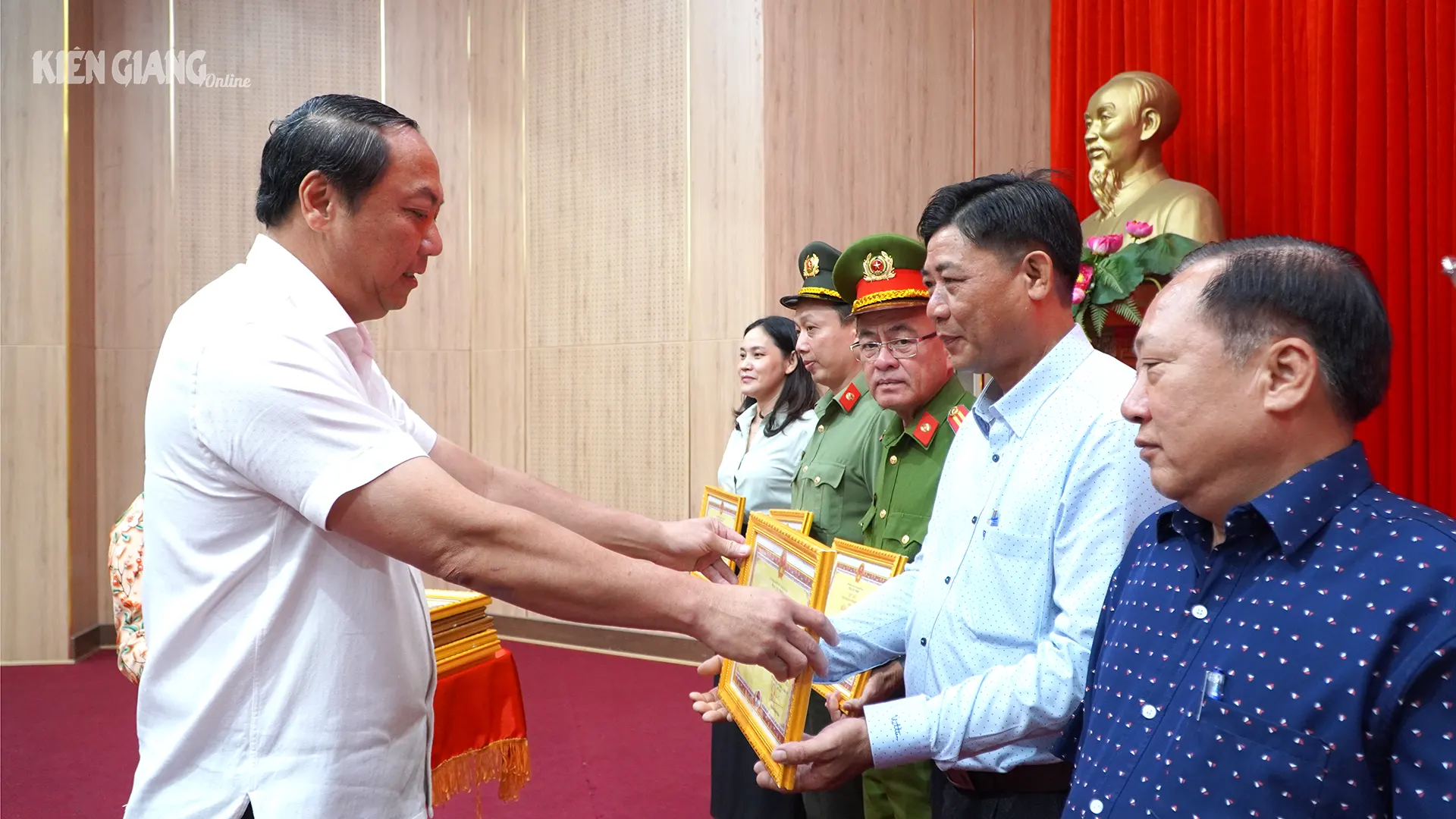
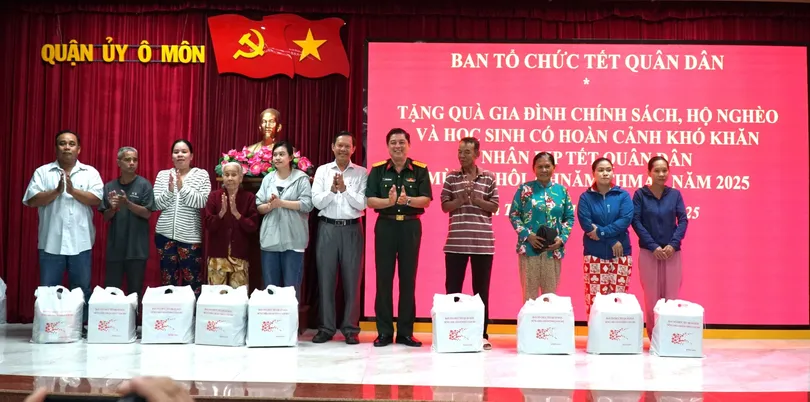

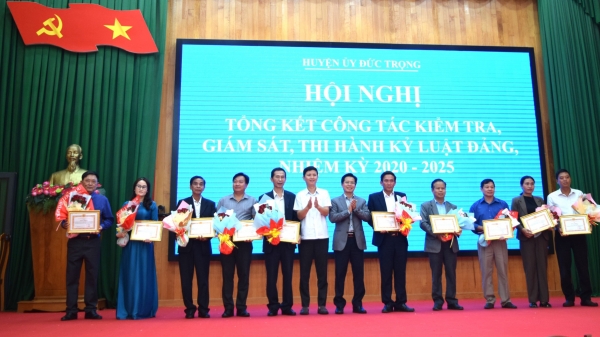

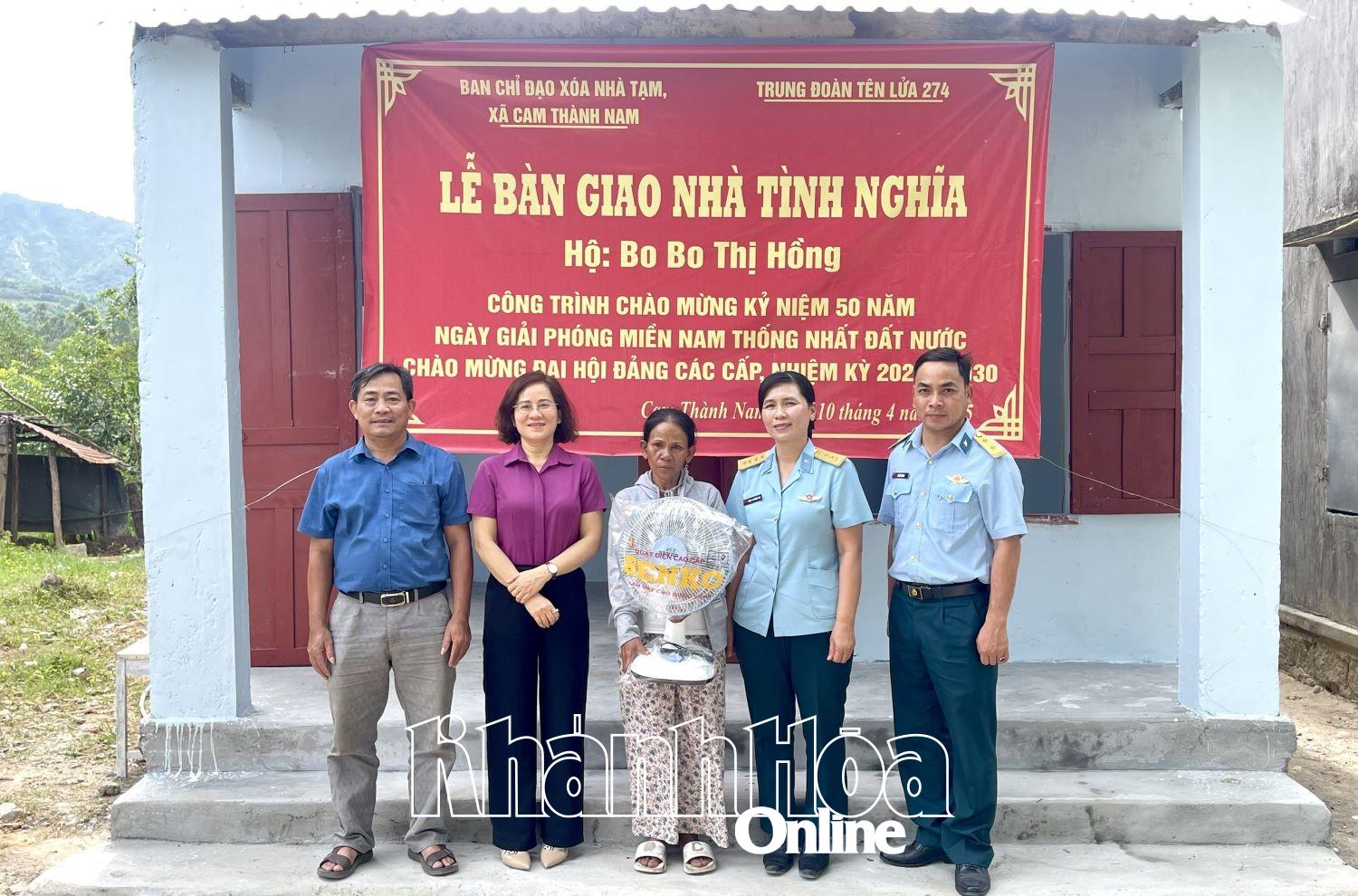










Comment (0)